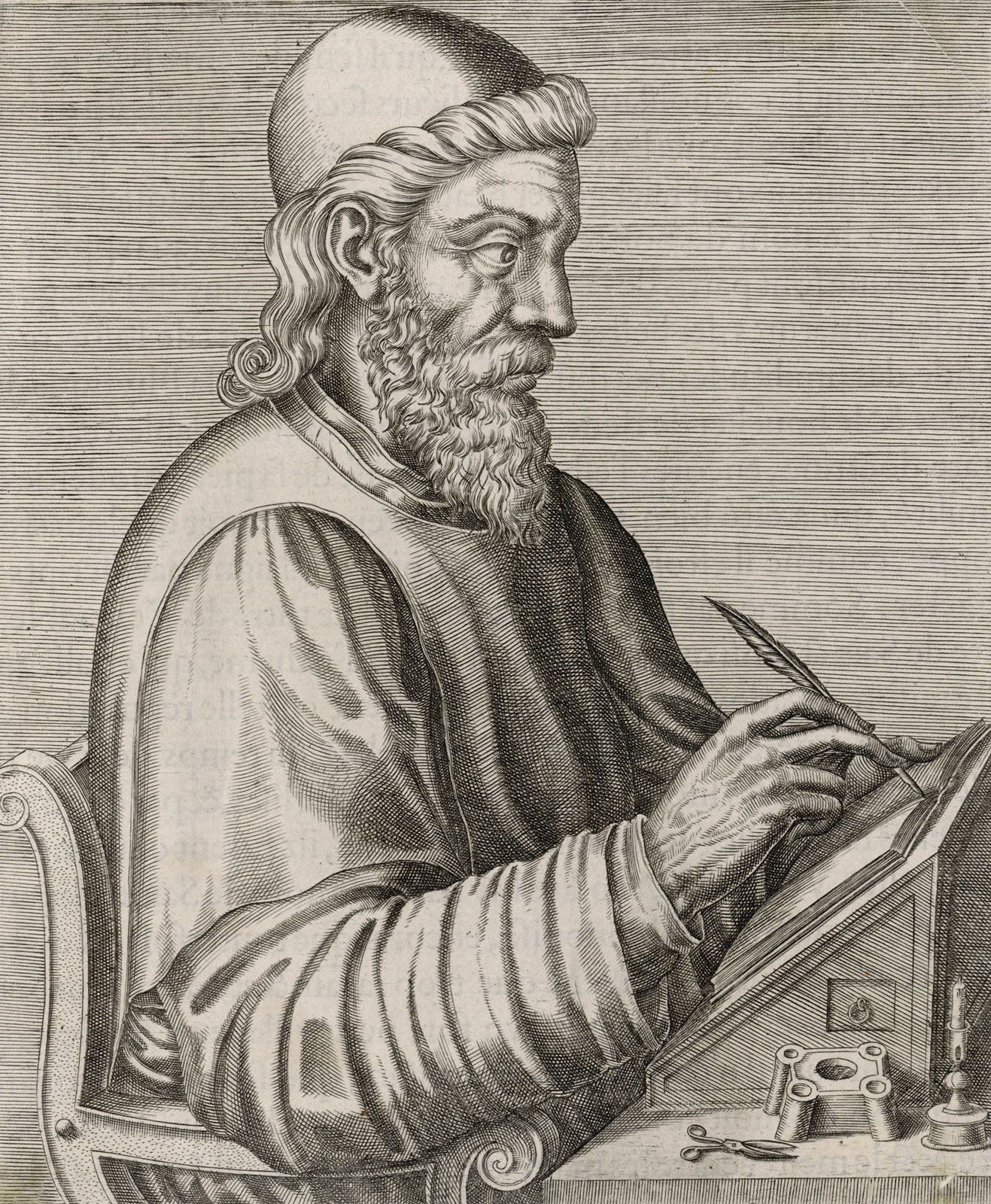In recent discussions within the heathen reconstructionist community, a recurring theme seems to be the assertion that we “just don’t know anything about these people or their beliefs.” This perspective, though seemingly cautious, can sometimes border on willful ignorance, preferring the ambiguity of the unknown over the challenge of interpreting and accepting the evidence that does exist.
Bridging the Gaps in Knowledge
It’s undeniable that our understanding of Anglo-Saxon heathen religion and Iron Age culture is incomplete. The passage of time, the scarcity of written records, and the biases of those who documented these societies often leave us with a fragmented picture. However, this should not lead us to dismiss the substantial archaeological, textual, and folkloric evidence that provides valuable insights into these ancient practices and beliefs.
Archaeological Evidence
Excavations have unearthed various artifacts, including ritual objects, grave goods, and sacred sites, that shed light on the religious practices of the Anglo-Saxons. For instance, burial mounds, such as Sutton Hoo, reveal complex funeral rites and the significance of the afterlife in their belief system. The discovery of pagan temples and sacred groves indicates places of worship and community gatherings, pointing to a structured religious life.
Textual Evidence
Though the Heathen Anglo-Saxons themselves left few written records, later texts such as the Anglo-Saxon Chronicle, Beowulf, and works by Bede offer glimpses into their world. These texts mention gods like Woden, Thunor, and Tiw, and recount myths and legends that reflect the values and cosmology of the Anglo-Saxon heathens. While these sources must be read critically, they nonetheless provide a foundation for understanding their religious landscape.
Folkloric Evidence
Folklore, passed down through generations, often preserves ancient traditions and beliefs. Many customs, stories, and practices documented in later periods have roots in pre-Christian traditions. The persistence of certain rituals, festivals, and supernatural beliefs into the Christian era suggests a continuity of cultural and religious elements from the heathen past.
A Call for Integrity in Reconstruction
To ignore or dismiss the evidence at hand is to undermine the very foundation of heathen reconstructionism. It is crucial to engage with the available data earnestly, recognizing both its limitations and its value. By doing so, we honor the ancestors whose ways we seek to understand and revive.
Acknowledging gaps in our knowledge does not equate to a blanket ignorance of the past. It is an invitation to delve deeper, to question and explore, and to piece together the mosaic of our heritage with intellectual honesty and respect for the evidence. As members of the heathen reconstructionist community, we must strive to balance scholarly rigor with an openness to new discoveries, ensuring that our practices are rooted in both tradition and truth.
Embracing the Challenge
The journey of reconstructing Anglo-Saxon heathen religion and Iron Age culture is not about clinging to fantasies or fabrications but about embracing the challenge of uncovering and understanding our ancestral traditions. By valuing the archaeological, textual, and folkloric evidence available, we enrich our practices and ensure they are meaningful, authentic, and connected to the past.
In conclusion, while the path of reconstruction may be fraught with uncertainties, it is also illuminated by the evidence we do have. Let’s honor this evidence, confront the realities it reveals, and build a more informed and respectful revival of our ancient traditions.
Feel free to share this perspective to foster a more informed and respectful dialogue within our community.

